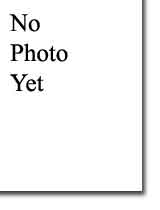National Register of Historic Places in Grand County

Courthouse Wash Pictographs
Highway 191 Just North of Colorado River
Arches National Park
The panel is located at the base of a massive cliff of Wingate sandstone which towers above the confluence of Courthouse Wash and the Colorado River near Moab, Utah. The figures are intermittently spaced along the cliff base for approximately one hundred yards.
The most conspicuous figures are painted with dark red, blue, and white hues. Tapering, ghost-like anthropomorphs up to five feet tall dominate the panel [and seem] to be the result of the work of several different cultures that has accumulated over a long period of time....
The sheep, deer, and snakes are typical of the Fremont Culture and probably date from about 1000 - 1200 A. D. The preponderate representation of game animals suggests that hunting was of great importance to the Fremont lifeway. Archaeological remains substantiate this view.
The figures on horseback are probably the work of Navajos or Utes and have been rendered since the introduction of the horse to this area in the sixteenth century.
The panel represents the easternmost occurrence of the Barrier Canyon Style. Because the culture that produced this art is so little understood, each locality where it occurs is an important cultural resource. The fact that more recent cultures have painted and pecked figures around and in several cases over the older work makes the panel even more valuable because such "stratification" aids in getting relative ages for the cultures involved.
Excerpted from the NRHP nomination submitted in 1976.